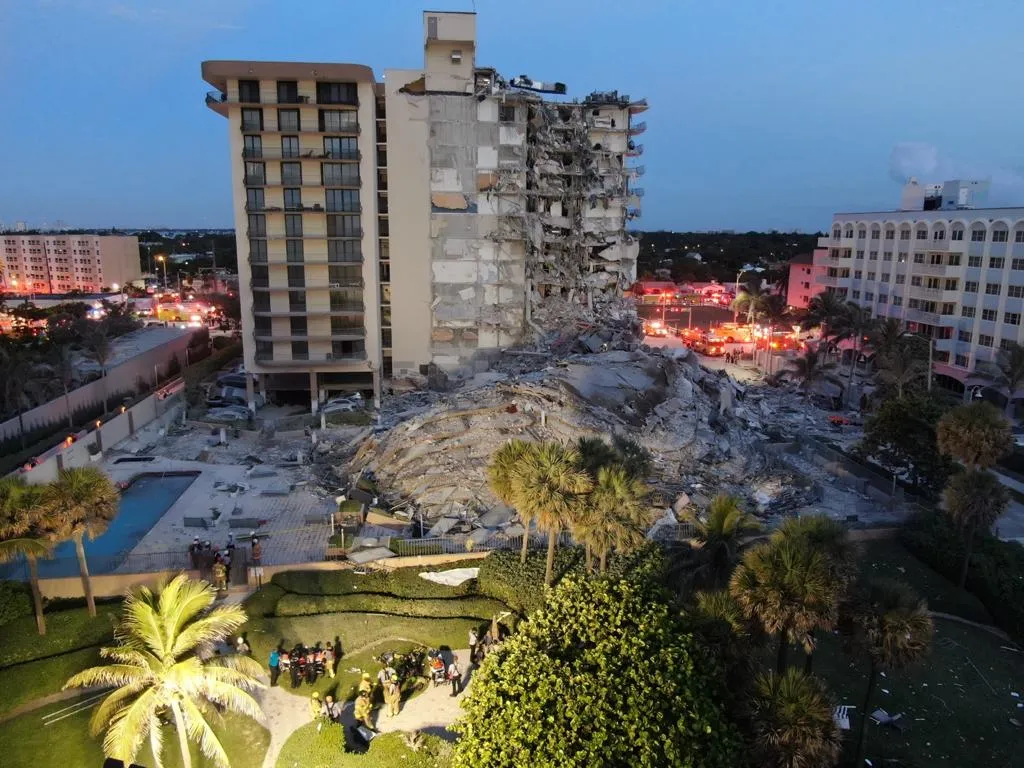The world’s population is growing rapidly, and so is the demand for places to live, work, shop, eat, play, and learn. We have continued to expand our villages, towns, and cities as if the planet has an endless supply of land and materials. Waste from these buildings is dumped into the ground, the air, rivers, lakes, and oceans with the notion that somehow it will just disappear.
The increase in urban sprawl has led to many environmental problems such as air pollution, water contamination, soil erosion, loss of biodiversity, increased traffic congestion, and loss of prime farmland. Above all, buildings and construction have contributed the most emissions, required the most energy for operation than any other industry, and contributed significantly to the current climate crisis.
In 2020, buildings and construction contributed 37% of total energy-related CO2 emissions — more than any other sector.

Every year, we see intense heat during the summer months in places that have never before seen extreme heat, such as the UK and Washington State in the USA this year. We are witnessing major flooding events in Europe, India, and the USA. Storm events are more powerful, and we are only just getting started with sea level rise, which will impact millions in the following decades and leave many buildings underwater, adding to further environmental destruction. Who is going to pay to remove buildings flooded by seawater — are we just going to let these buildings be consumed by the oceans and release even more toxic chemicals into the environment?
It is pretty clear that architecture has played a role in harming the planet at every phase of a building’s lifecycle.
Modern architecture vs climate change
Buildings used to be built to last using local materials. We see this in all our historic buildings that have stood the test of time. In Lincoln, England, where I grew up, a house from the twelfth century is still in use and has been converted into a restaurant. Built from local limestone, the building has been around for more than 800 years and will likely be around for hundreds of years more.

Can that be said for some of the buildings built in the mid-19th-century or even today? For example, take the tragic event in Surfside, Florida, in 2021 — a 12-story condominium building collapsed, killing 98 people. Completed in 1981, this building only lasted 40 years before its catastrophic collapse. The rubble from the building went to a landfill, adding to the environmental damage already caused by the building, and the site was auctioned off to aDubai developer who is likely to follow the same modern building-as-usual practices with little respect for climate, environment, or people in an area considered ‘ground-zero’ for sea level rise.
Some of the problems that caused the collapse of the Surfside condominium can be attributed to climate change, such as saltwater intrusion into the concrete that caused the rebar to deteriorate. So now we have a cycle of buildings contributing to climate change and climate change contributing to the demise of buildings — leading to a need to construct even more buildings.

The most sustainable buildings are the ones that don’t have to be demolished and rebuilt and can be repurposed.
The climate has changed, and so must architecture
We are living through one of the most significant shifts in history. In the last decade, we have witnessed climate change accelerate faster than predicted. We know that humans are primarily responsible for this shift and what needs to happen next — we need to construct buildings that reflect our collective responsibility. We need to design buildings that do not require fossil fuel dependency. We need energy and water-independent buildings that aren’t built from materials shipped halfway around the world. As the UN Secretary-General António Guterres said of the UN’s latest climate report after COP26 in Glasgow, Scotland, this is “code red for humanity. The alarm bells are deafening, and the evidence is irrefutable”.
As the most significant sector contributing to climate change, the architectural industry has the lead role and responsibility to design our way to a better future for our planet. If we make slow changes and are resistant to completely rethinking the role of architecture, we will remain part of the problem instead of emerging as part of the solution. It’s our choice. We hold an obligation to design and lead the way to a completely sustainable future and save the only real home we have — planet Earth.
